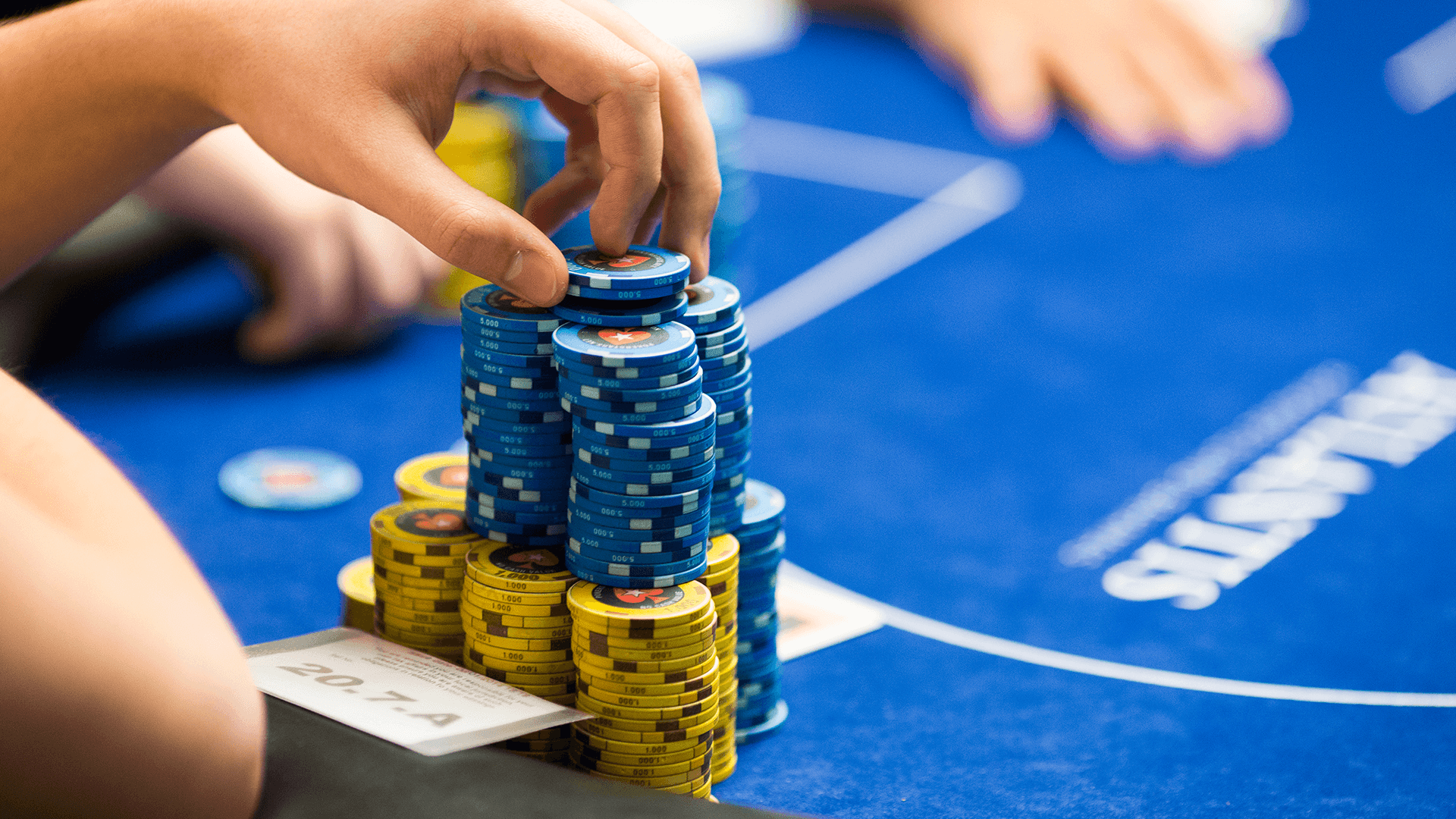Semi-Bluffing
Many decisions in no limit Texas Hold’em are straightforward. You have learned that you should bet and raise your strong hands and fold your weak ones; that you should calculate expected value (EV) and act accordingly.
However poker is also a game full of subtleties and sometimes you need to move away from this straightforward approach. Better players are able to pick up a player’s tendencies and adapt their play, an ability known as “reading” an opponent. They are able to realise that you have a really good hand if you raise on the turn and are therefore able to fold their mediocre hands and lose the minimum.
To make yourself harder to read you need to step out of line from time to time. This opens up many more of the possibilities of poker. If, for example, your opponents learn that you usually have a strong holding when you raise, then you can start to bluff them. The reverse is also true. If you have been very aggressive and have shown bluffs, they will then begin to call you with lesser holdings.

The next few lessons of the course cover what situations are good for bluffs and semi-bluffs, introduces the art of balancing your play, which will make you a lot tougher to read, and also shows you different ways of protecting your hand in different situations.
As always, it is advisable to check back to the Poker Basics course to review the content there on the subjects of betting purpose, bet sizing, and playing with conviction.
Semi-bluffing in cash games
If you have absolutely nothing in your hand – a trash hand – and yet you bet with it anyway, then you are bluffing. You are telling your opponent, via your bet, that you have a good hand when really you don’t. It is a tough skill to master, and fraught with danger.
But “semi-bluffing” is not quite the same. A semi-bluff is the kind of bet you make when your hand isn’t yet complete, but when you have a lot of potential to improve. If you have a big draw – for example you are holding A♥ 10♥ on a flop of J♥ 9♥ 2♠ – then you can make a semi-bluff bet. If your opponent folds, then you pick up the pot uncontested. If he calls, then you have at least nine outs on turn and river to make the nuts.
Raising with draws is a very important skill that no limit Texas Hold’em players need to master. You become very easy to read if you always only call with your draws and mediocre hands, yet raise with your very strong hands. So you need to mix your play up from time to time.
If you are the aggressor with a draw and do some betting and raising you put a lot of pressure on your opponents. This gives you a lot of benefits:
- You have the chance to take the pot down without hitting your draw
- You build yourself a bigger pot if you get called and hit
- You disguise your hand and become tougher to read
Of course, this approach is not without its risks. Semi-bluffing has its down-sides. You are increasing the variance as you will be playing bigger pots on a regular basis, and you also need to have a plan for if your opponent calls or raises.
In general, semi-bluffs have a greater chance of success against fewer opponents. If you try a semi-bluff against a full table, the chances of everyone folding are slim. You also have to know the right size to make your semi-bluff bet.
If you put in too many chips, you may find yourself in the position where only a hand that has you dominated calls and you chase off the weaker hands you are beating. This kind of knowledge comes from experience at the tables, but also from assessing the kind of players you are up against.

